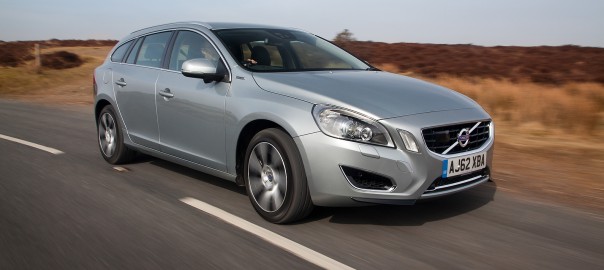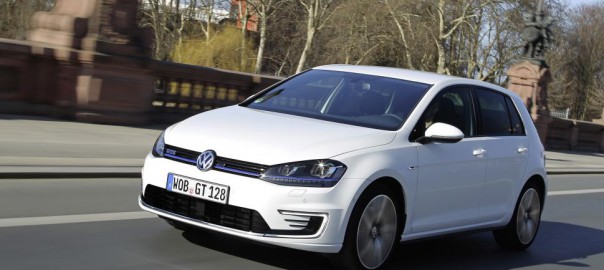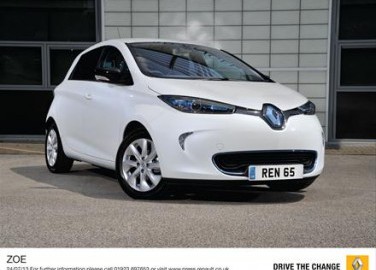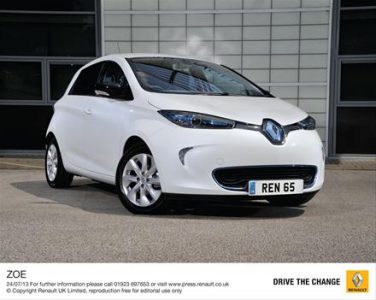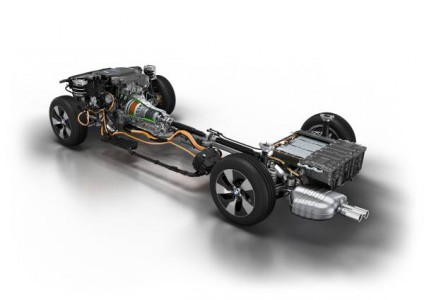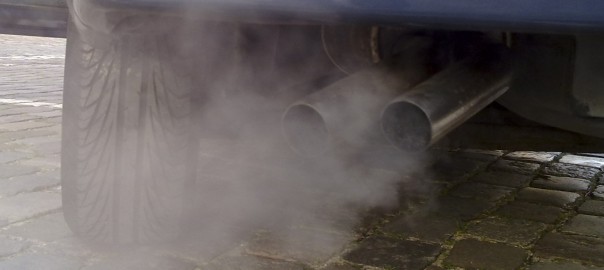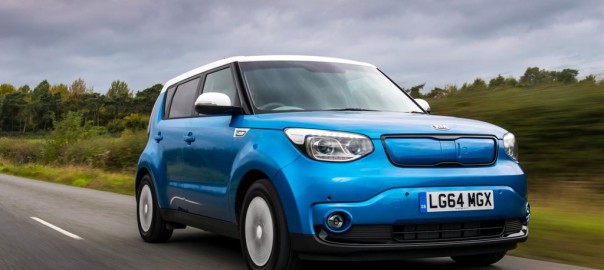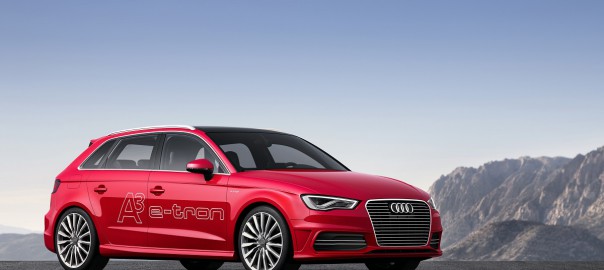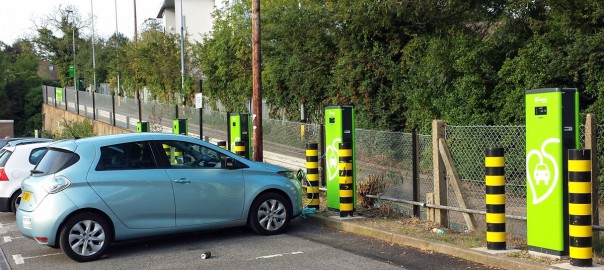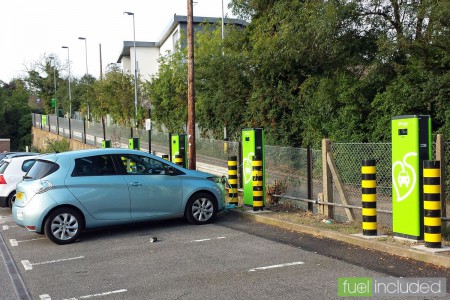What is it?
The Volvo V60 Plug-in Hybrid sports a 212bhp 2.4-litre turbodiesel driving the front wheels and a 69bhp electric motor driving the rears. It can travel up to 31 miles in pure electric mode.
In Ehybrid mode, the diesel and electric motors combine to deliver the most efficient progress. Or if you’re feeling a bit frisky, select Epower mode and the diesel and electric motors deliver everything they’ve got in the name of performance.
In hybrid or even pure electric mode, if your right foot demands more power than the battery can deliver on its own, the diesel fires up. However, if you treat the throttle as though there’s a hand grenade trapped under it, you can actually top out at 78mph on electricity alone.
What is it like?
Volvo has done a great job of improving the V60’s refinement, which was reportedly a bit rough in earlier prototypes. Now, the transition between pure electric motoring and diesel fire-up is almost imperceptible.
The official fuel economy figure is 155.2mpg. Volvo isn’t for one moment suggesting that the average buyer will get that in the real world, although if you do an inner-city commute of less than 30 miles a day you might be able to get a pretty amazing return. I got 32.7mpg during my time with the V60, which included some very hard miles (not real-world, either), so that’s actually better than it looks. For the record, 0-60mph takes 5.8sec.
Less good is the V60’s ride quality. Very firmly suspended and riding on low-resistance tyres with stiff sidewalls, the V60’s ride around town is just too harsh over broken surfaces.
Power mode is good fun, but the V60 Hybrid’s extra 250kg compared with the non-hybrid equivalent makes itself felt during fast changes of direction; it’s like having two Johnny Vegases in the car with you. The handling balance does feel surprisingly neutral, though, and the hybrid V60’s weight distribution of 55 per cent front and 45 per cent rear is actually better than the regular car’s.
Should I buy one?
So does this rather special V60 make sense? Well, leaving apart the poor ride quality, even Volvo management admits that if you do a highish mileage this isn’t the car for you. On a long motorway run, you’re basically driving a diesel Volvo with a bit of a weight problem.
But if you have that short city commute, travel into central London (no congestion charge) and like the sound of low benefit-in-kind charges, it’s possible that the V60 could work for you.
However, for the vast majority of us that probably won’t be the case, and even after the £5000 Plug-in Car Grant this is still a £43,775 car – nearly £5000 more than the most expensive non-hybrid D5 V60. That’s reason enough to explain Volvo’s cautious forecast of just 150 sales this year.
Source: Autocar 2013
